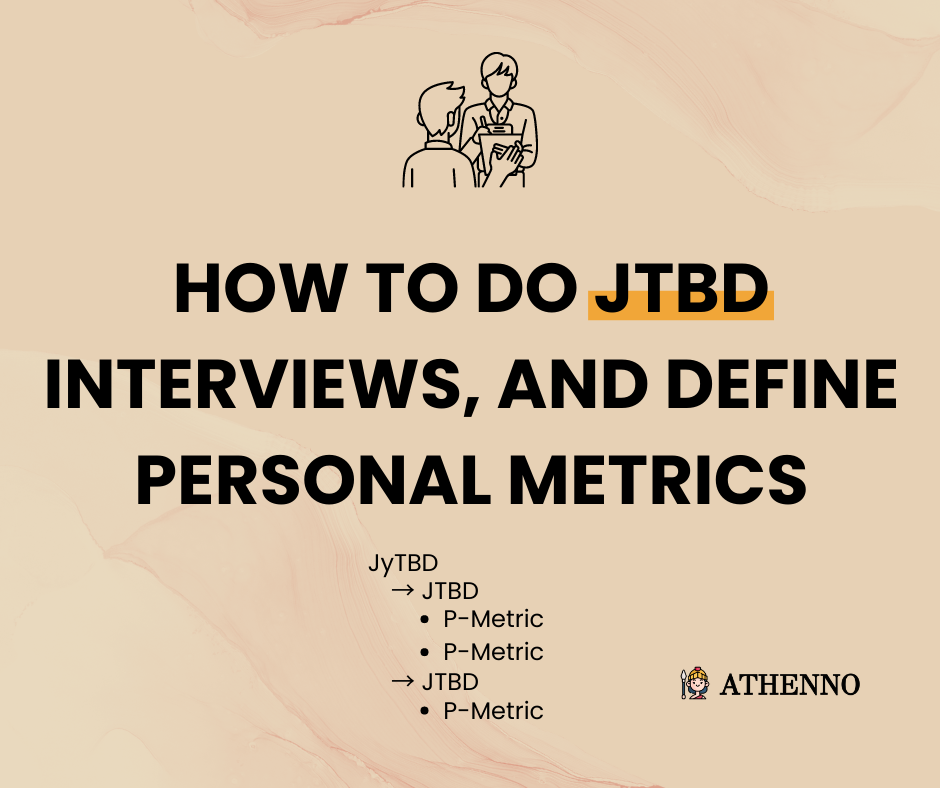Insights
JTBD Analysis, What It Is and How to Do It
JTBD analysis is the most powerful technique today that drives discovery and innovation globally better than anything else. Marketing knows who exactly to target, why, and how to speak to them. The product knows exactly who is the customer, and user, what features to build, and how they will be used. Sales know who are main champions and how to talk to prospects better. Executives and investors get higher ROI with the lowest risks.
Process of Rapid UX Research Ops & Continuous Discovery using JTBD & Innovation Sprint
The productivity of knowledge workers over the past century didn’t improve much and now everything is changing faster than ever. Continuous Discovery, Continuous Research, Rapid Research, Research Program, Research Process or Operations (ResearchOps). No matter the term you use, it is a systematic, repeatable, quick process to gather, and share information as a team and act upon it most efficiently. Research and knowledge is not linear, it is multi-dimensional and requires new processes, new tools, artifacts, and different talent.
Introduction to the Innovation Sprint and a Lighthouse
Innovation Sprint is an end-to-end commercial scientific continuous discovery process that allows teams to be data-empowered outcome-driven, define OKRs, align, discover, and quantify strong business opportunities, estimate, budget, run, and manage experiments in order to have a 90% success rate of commercial innovation. It combines state-of-the-art methods such as jobs-to-be-done from Harvard Business School, problem-solving and McKinsey way, consultative selling, experiments thinking, and opportunity trees of top product leaders and authors from Silicon Valley, and startup methods such as Lean and Design Sprint from Google.
How to create a JTBD survey
To create a JTBD (jobs-to-be-done) survey, first have the list of personal outcome metrics prepared that you want to analyze deeply. JTBD survey is part of the exploratory JTBD analysis and continuous discovery.
How to do JTBD interviews, and define personal metrics
Welcome to the introductory guide about JTBD, how to define, measure, and analyze them, and take an action. Let’s start from the hierarchy of the information and the relationship between Journeys-to-be-done (JyTBD), Jobs-to-be-done (JTBD), Job stories and forces of progress, Interviews, and statistical personal metrics (p-metrics).





